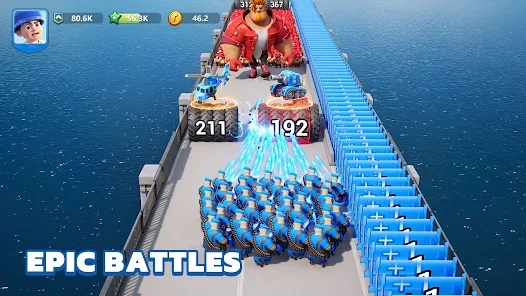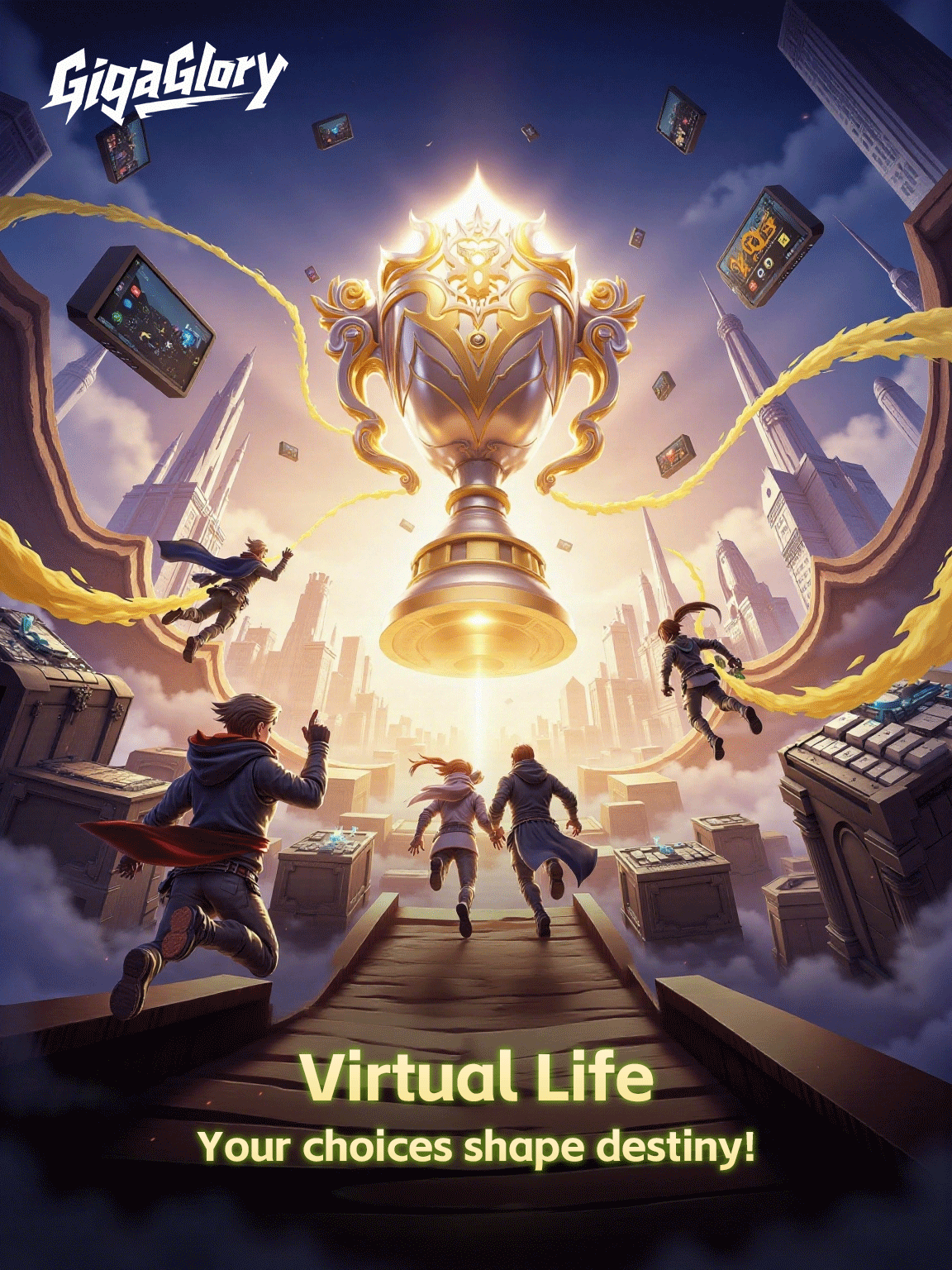Exploring the Thrills of Creative Games: Why Casual Games are Taking Over the Gaming Scene
In recent years, the gaming world has seen a significant shift towards casual and creative games. While traditional gaming usually involved complex mechanics and extensive time commitments, the rise of casual gaming has made it easier for everyone, regardless of age or experience, to engage in fun and stimulating gameplay. This article delves into the reasons behind this surge and why more players are embracing creative games.
The Allure of Casual Games
Casual games are designed to be easy to pick up and play without the steep learning curve that often accompanies traditional gaming genres. These games provide a unique blend of entertainment and relaxation, appealing to a broad audience that might otherwise shy away from the gaming scene. Here are a few reasons why casual games are becoming so popular:
- Accessibility: Casual games can be played on various devices, from smartphones to tablets, making them highly accessible.
- Short Play Sessions: They often feature shorter gameplay sessions, allowing players to engage whenever they have a few moments to spare.
- Social Interaction: Many casual games emphasize multiplayer features, fostering social connections among friends and family.
Creativity at Its Core
Creative games take this popularity a step further by incorporating elements that stimulate imagination and ingenuity. Players are not just passive participants but can express themselves within these games. A few popular categories include:
| Genre | Examples | Key Features |
|---|---|---|
| Building Games | Minecraft, Terraria | World creation, Resource management |
| Simulation Games | Animal Crossing, Stardew Valley | Life simulation, Customizable environments |
| Puzzle Games | The Witness, Portal | Problem-solving, Critical thinking |
The Impact of Creative Games on Players
The growing trend of creative games has created new opportunities for players. Individuals in the United Kingdom and around the world can now experience these immersive environments that lead to both enjoyment and personal growth. Not only do these games enhance cognitive skills and creativity, but they also serve as a conduit for social interaction. In gaming communities, players often share strategies, art, and creations, further enriching the experience.
Interestingly, even in educational settings, creative games are being embraced. Games designed for classrooms enhance engagement, allowing students to explore topics such as environmental issues through innovative mediums. Imagine students using a game like environmental issues crossword puzzle during their classwork to learn about sustainability in an interactive way.
RPG Game Reviews and Experiences
Role-playing games (RPGs) have long captivated gamers with their rich narratives and character development. They provide players with a platform to immerse themselves in fantasy worlds, gaining deeper insights into their interests and identities. Reviews play an essential part in discovering which RPGs to invest time in. Some notable RPG reviews can help guide choices:
- Final Fantasy XIV: A Realm Reborn - Engaging storyline with diverse community interaction.
- The Witcher 3: Wild Hunt - Expansive world with deep character engagement.
- Persona 5 - Unique blend of everyday life and supernatural elements.
Conclusion
In summary, the creative game genre has taken off, particularly within the realm of casual gaming. Its focus on accessibility, social interaction, and personal expression resonates with an audience that's eager for positive experiences. The inclusion of games in educational contexts showcases the potential these titles have in shaping learning experiences. As the gaming landscape continues to evolve, it's exciting to think about what the future holds for creative gaming in various domains. Whether you're a seasoned gamer or new to the scene, there's never been a better time to dive into the world of creative games!



